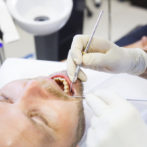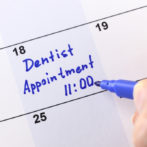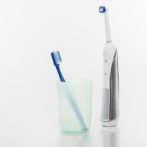Back Teeth Problems – Should You Get a Root Canal or an Extraction?
A lot of unnecessary dental anxiety can build at the prospect of a root canal or extraction. Please be assured that these are very commonplace dental procedures, performed with the utmost care, that will cause little to no discomfort or disruption to your everyday life. There is no need to be concerned, but you do need to have very real conversations with your gentle dental practitioner about what is involved and what you need to know. Why a root canal? Root canals occur when the teeth at the back of your mouth (generally speaking) are problematic – typically when there is a pulp-filled cavity in the root of the tooth. The procedure is very common, and it is not normal to feel as if you are experiencing excessive pain, particularly when you employ the services of a consummate dental professional. The root canal is a procedure designed to save a tooth that has become badly infected. The nerve and ‘pulp’ are removed and the inside of the tooth is sealed after a thorough cleaning. Why an extraction? A lot of people opt to have an extraction instead of a root canal. This is for a number of reasons. It can be a lot cheaper, and being a back tooth, it’s not noticeable to the naked eye if it’s missing. There are, however, concerns when it comes to the extraction of back teeth. Back of the mouth problems Working in the back of the mouth, be it via extraction or root canal, can be quite difficult and sedation will be required. The back teeth are the most difficult to work with as they are, by their very nature, the strongest in our mouths. They take up the ‘grunt work’ when it comes to chewing our food so removing the back teeth can put more pressure on your middle and front teeth. Ultimately, there is the possibility here of broken and weakened teeth at the front if they are required to take on too much pressure over time. Alleviating your anxiety Rest assured that yours is not the only mouth that your dentist has seen that requires a root canal. This is a very common procedure that, when carefully managed, is straightforward and relatively pain-free. Concerned about the state of your teeth? Talk to the gentle dental professionals at Robert Duhig Dental...
Read More



